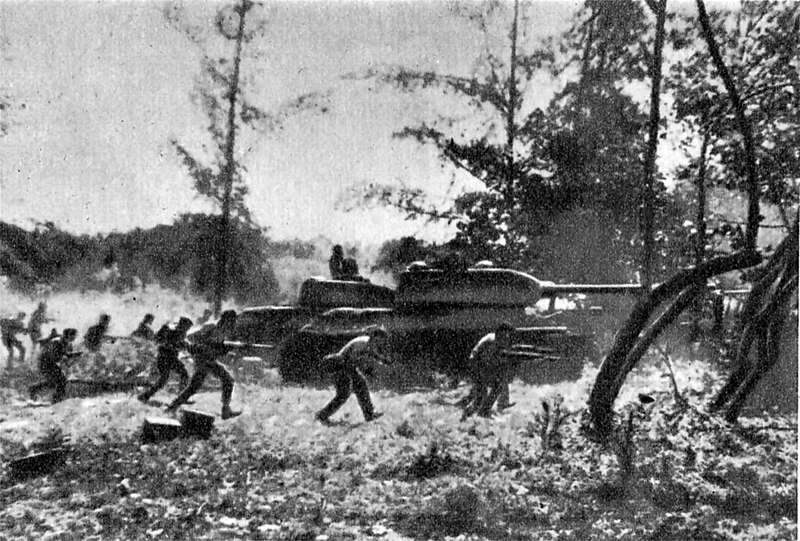Hello ladies and gents this is the Viking telling you that today we are talking about
BAY OF PIGS INVASION
The Bay of Pigs invasion (Spanish: invasión de bahía de Cochinos; sometimes called invasión de playa Girón or batalla de Girón, after the Playa Girón) was a failed landing operation on the southwestern coast of Cuba in 1961 by Cuban exiles who opposed Fidel Castro's Cuban Revolution. Covertly financed and directed by the U.S. government, the operation took place at the height of the Cold War, and its failure led to major shifts in international relations between Cuba, the United States, and the Soviet Union.
In 1952, American ally General Fulgencio Batista led a coup against President Carlos Prio and forced Prio into exile in Miami, Florida. Prio's exile inspired the creation of the 26th of July Movement against Batista by Castro. The movement successfully completed the Cuban Revolution in December 1958. Castro nationalized American businesses—including banks, oil refineries, and sugar and coffee plantations—then severed Cuba's formerly close relations with the United States and reached out to its Cold War rival, the Soviet Union.
In response, U.S. President Dwight D. Eisenhower allocated $13.1 million to the Central Intelligence Agency (CIA) in March 1960, for use against Castro. With the aid of Cuban counter-revolutionaries, the CIA proceeded to organize an invasion operation.
After Castro's victory, Cuban exiles who had traveled to the U.S. had formed the counter-revolutionary military unit Brigade 2506. The brigade fronted the armed wing of the Democratic Revolutionary Front (DRF), and its purpose was to overthrow Castro's increasingly-communist government. The CIA funded the brigade, which also included some U.S. military personnel, and trained the unit in Guatemala.
Over 1,400 paramilitaries, divided into five infantry battalions and one paratrooper battalion, assembled and launched from Guatemala and Nicaragua by boat on 17 April 1961. Two days earlier, eight CIA-supplied B-26 bombers had attacked Cuban airfields and then returned to the U.S. On the night of 17 April, the main invasion force landed on the beach at Playa Girón in the Bay of Pigs, where it overwhelmed a local revolutionary militia. Initially, José Ramón Fernández led the Cuban Army counter-offensive; later, Castro took personal control.
As the invaders lost the strategic initiative, the international community found out about the invasion, and U.S. President John F. Kennedy decided to withhold further air support. The plan devised during Eisenhower's presidency had required involvement of both air and naval forces. Without air support, the invasion was being conducted with fewer forces than the CIA had deemed necessary.
The invaders surrendered on 20 April. Most of the invading counter-revolutionary troops were publicly interrogated and put into Cuban prisons. The invading force had been defeated within three days by the Cuban Revolutionary Armed Forces.
The invasion was a U.S. foreign policy failure. The invasion's defeat solidified Castro's role as a national hero and widened the political division between the two formerly-allied countries. It also pushed Cuba closer to the Soviet Union, and those strengthened Soviet-Cuban relations would lead to the Cuban Missile Crisis in 1962.
And as always have a chilled day from the Viking.

It's very nicely written.. very easy to understand... thanks for sharing! Keep writing 👍
ReplyDelete